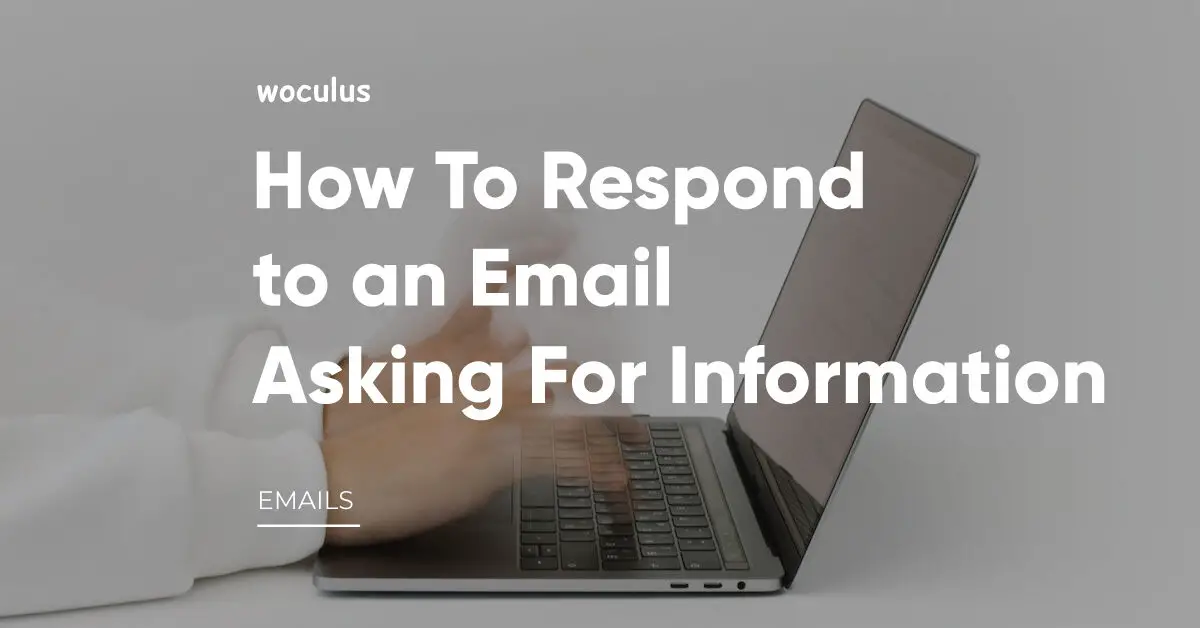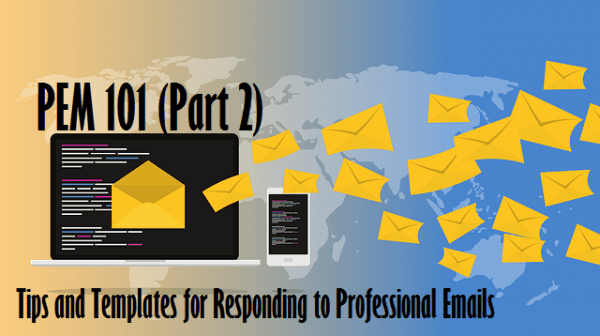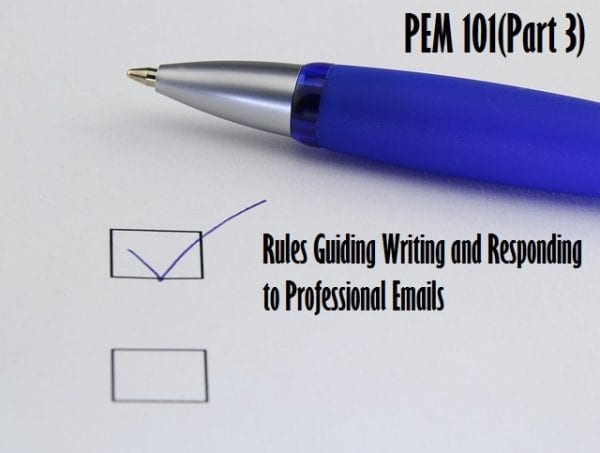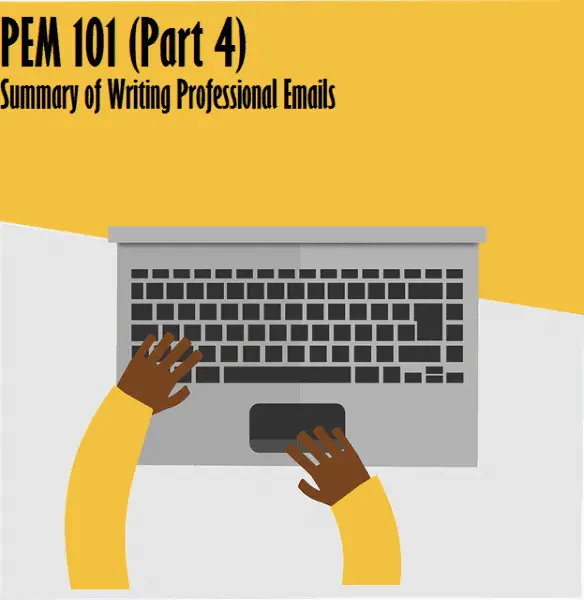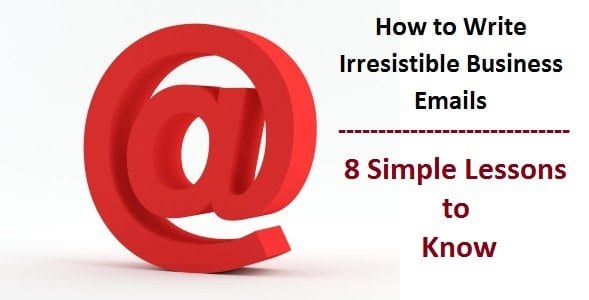In a professional organization, you might be sent an email asking for information of some kind from your boss, superior, or another department. Remember, it is a professional setting, therefore your reply must be professional. And one of the most professional ways of communicating in an official environment is by email or phone call.
When writing a response email, you need to review the details about the letter that was sent to you and what the addresser is asking of you.
Then research any additional information that might aid the person asking the request. Then proceed to write a clear email addressing the requests from the original letter. As you write your reply, make sure you keep the tone friendly, polite, and informative to make sure your recipient gets the information they need.
Tips for Responding to An Email Asking for Information
1. Open with a Warm, Polite, and Formal Greeting
Respond to requests in a professional email, always open your letter with a formal and polite salutation like “Dear” which can be followed by the recipient’s name.
It is better to address the person directly, rather than using something generic. Avoid using an address like “To Whom It May Concern” as it might sound like you didn’t do your work well and also seems unprofessional. Addressing the person by name shows that you took your time and did some research about the request.
A good rule of thumb is to address the letter with the same name and title that the person signed their letter with. For example, if they signed their letter “Bishop Andrews,” then open your letter with “Dear Bishop Andrews.”
In a situation where you don’t know the person personally, you can use the titles Mr., Mrs., or Ms., followed by the person’s last name. And if the person has a known title like Prof. or Dr., you can use those followed by the person’s last name.
2. State Your Reason for Responding
Your first sentence should explain that you are responding to the reader’s request. This will give the reader an insight that their letter was received and processed. You can also chip in the purpose of your letter.
For example,
- “This letter is in response to your request for information about our delivery product at Gizmo Grocery”.
- “I’m writing in response to your request for information about the Artemis Legal Documents”.
In a situation where you aren’t the original recipient of the email, state where you got the letter from. For example, you can say, “Our logistic department forwarded your email requesting a list of our delivery products to me.”
3. Address the Recipient’s Inquiry
After the opening and introduction, start a new paragraph and start addressing the recipient’s inquiry. Address each question or concern as thoroughly and briefly as you can. In a situation where the information you have to provide is lengthy, you can include a document (pdf, word, images, or videos) that best describes the information the recipient is asking for. Make sure you state your attachments in your letter.
For example, you can write :
- We offer two services at Artemis Digital Solutions. Social Media Marketing (SMM) and Search Engine Optimization(SEO). Our social media marketing will be good for your online business. For social media marketing we offer( brief description), while SEO is more about(brief description).
- We deliver several products at Gizmo grocery’s , and I’ve enclosed a pdf document containing different categories and product that will offer.
4. Let The Recepient Know If You Can’t get the Request Completed
Not all requests can be granted or fulfilled. Therefore if you can’t fulfill a person’s request due to certain circumstances, let them know about it. Sometimes you might not know the answer to the request, or the information is private or restricted. Don’t beat about the bush concerning it.
Give your recipient a clear, direct response to their question. Make sure you are polite when doing this so the recipient doesn’t get the wrong opinion.
Always use a polite and understanding tone while turning down a request and make sure you provide enough reason why you are unable to do so.
For example, “I am sorry, I’m unable to carry out this request. The document you asked for is a sensitive document and we cannot release it without proper authorization”. Perhaps if you can get a guarantor, we can work something out.”
In a situation where the recipient didn’t provide enough information about the request, let the recipient know.
For example, “To give you the best response to your inquiry, I am going to need more information about the specific document you are asking for. Perhaps, you can email me the name of the document and the year it was issued.”
There may be times when you can’t provide the information requested, It’s important to respond to the letter so your company still sounds responsive and caring.
for example, “I have searched the entire literary section of our library but have not been able to find the book you requested. answers. I’m truly sorry I couldn’t help.”
5. Thank the Recipient for Writing.
Always thank or acknowledge the person for writing or reaching out to you or your company. Thanking them shows that you value their time and effort. Whether you were able to help them with their request or not, say thank you. This helps you stay in a positive relationship with the writer.
Examples:
- Thank you for reaching out to Gizmo grocery.
- Thanks for reaching out to the HR department in regards to these legal documents.
6. Close the Letter
Close the letter by adding some additional information. For example, you can write something like, “If you have any other inquiry, please reach out to me directly on this line” or “if you need more information on our product please visit our website.
Furthermore, wrap up with a formal closing like, “Sincerely,” followed by your name. In case you are working for a business organization, write your professional title underneath your name.
Sample for Responding to an Email Asking for Information
Reply Email for Requested Documents
Hi [Name], I hope this email finds you well. Thank you for your request for [insert name of requested documents]. I am pleased to inform you that I have attached the requested documents to this email. Please review the documents carefully and let me know if you have any questions or concerns. If there is anything else you need assistance with, please do not hesitate to reach out to me. Thank you for your prompt attention to this matter. Best regards, [Your Name]
How to Reply to Hr Email for Documents
Hi [HR], Thank you for your email regarding the requested documents. I am pleased to provide you with the necessary documents you have requested. Please find the attached documents which include [list of documents]. If there are any additional documents you require, please let me know and I will be happy to assist you further. If you have any questions or concerns regarding the documents, please do not hesitate to contact me. I am more than willing to provide any additional information or clarification you may need. Thank you for your time and attention to this matter. Best regards, [Your Name]
Example Reply to Email Asking for Information
Hi [Recipient], Thank you for your email requesting information on [insert topic]. I am happy to assist you with your request. In order to provide you with accurate information, I would appreciate it if you could provide me with more details about what specifically you are looking for. This will help me to better understand your needs and ensure that I provide you with the most relevant information. Once I have a clearer understanding of your requirements, I will be able to provide you with the information you need in a timely manner. Thank you for your cooperation and I look forward to hearing back from you soon. Best regards, [Your Name]
Conclusion
Email remains one of the best ways of communicating in a professional environment, therefore your email must be polite and professional. Proofread and check for any grammatical errors and ensure you attach a format(pdf or word) that your recipient can view them.

